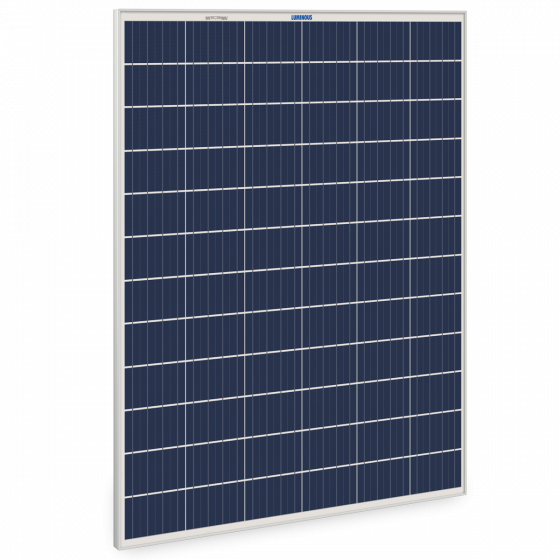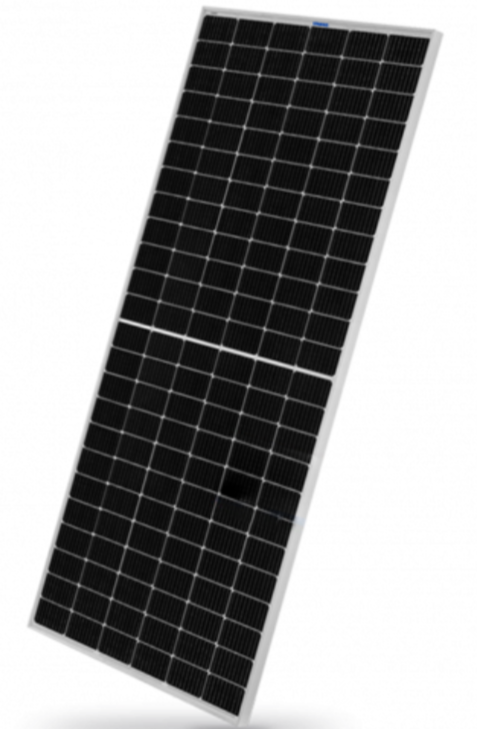The depletion of energy resources has become one of the biggest causes of problems like global warming, disrupted power supply and pollution. The need for an alternative energy source is now available in the form of solar power generation.
With the increasing temperature and storms during monsoon, the country will face frequent power outages in the future number on the electricity bills. Solar panels at home are one of the best solutions to curb this problem.
You can save electricity, reduce the bill, and contribute to a greener environment by reducing the emission of greenhouse gas. If you are also thinking about installing solar panels at your home and want to understand how it works and the benefits to avail yourself of, this guide is for you. Know much electricity does a solar panel produce and the advantages.
How Does a Solar Panel Function?
The device absorbing sunlight to convert them into the form of electricity is a solar panel. Also known as PV panels, these are used in residential as well as commercial applications.
These panels consist of solar cells made of silicon, boron, and phosphorus layers; they absorb the photons, generating current. The process is also known as the Photovoltaic effect. To know how much electricity does a solar panel produce, first, it’s essential to understand these panels. There are two different types of panels most used in the market-
- Polycrystalline Panels
- Mono PERC half cut panel
Functions of Solar Panels
Both solar panels have a lot of advantages and applications. Here’s a brief for you to understand the solar panel type, features, and advantages-
Polycrystalline Panels
The cells of these panels are a slice cut from a silicon block; it consists of several crystals fragmented together. These panels are blue because of the several silicon crystals and are in square shape. These panels absorb sun rays and then convert them to generate electricity.

Mono PERC Half Cut Panel

Mono PERC Half Cut Solar Panels come with half-cut solar cell technology. They have solar cells cut in half, which helps in improving the panel’s performance and durability. Traditional 60 and 72 cell panels will have 120 and 144 half-cut cells, respectively. When solar cells are halved, their current is also halved, so resistive losses are lowered, and the cells can produce a little more power.
Smaller cells experience reduced mechanical stresses, so there is a decreased opportunity for cracking. Half Cut Solar panels have higher output ratings and are more reliable than traditional solar panels. The cells have a uniform black color.
Advantages of Solar panels
Solar panels are becoming popular in both the commercial and residential sectors. The higher longevity and the electricity production help cut down on electricity costs and keep the power running even during blackouts. Here are the advantages of installing solar panels for solar power generation that you should know-
- Since panels are responsible for solar power generation via sun rays, this contributes directly to your electricity consumption. You can save up to Rs. 1000 each month by using solar panels.
- Installing solar panels can increase your property value as well. Solar panels are a great investment asset, and you will receive a higher return on investment.
- These solar panels do not require high maintenance. These panels come with a warranty period of up to 25 years, and you will not have to shell out an extra penny to keep them running.
- You can also sell the excess energy to the grid for some extra cash. There are various feed-in tariffs available by the government for homeowners, which you can sign up for and receive different rewards.
- You can also track your solar system and analyse its performance and other smart features.
How Much Electricity Does a Solar Panel Produce?
When it comes to panels, various factors affect solar power generation. A typical solar panel may produce approximately 3-4 units per day depending on the weather conditions. Though to determine how much electricity does a solar panel produce, you can take the help of a solar calculator to check different aspects of a solar panel, such as:
- Solar Power generation
- Savings on the power bill
- Return on Investment
- Solar System size
If you are planning to get a panel on your rooftop for solar power generation for home, explore our website, for solar products and check out our wide range of solar products for your home. You can also try out our solar calculator to check how much electricity a solar panel produce to get an idea.
Leave a Reply